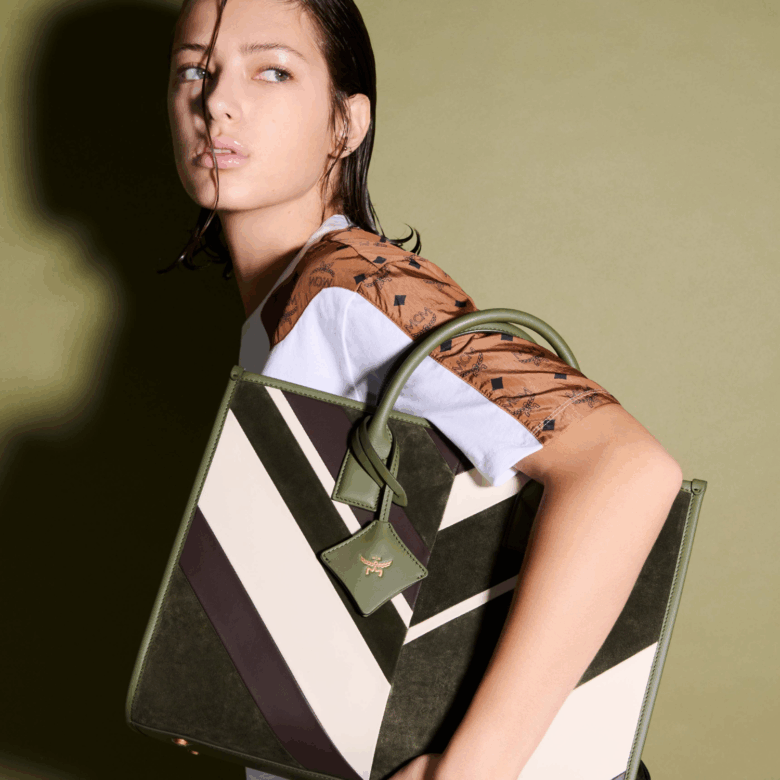Teenage girls aren’t like teenage girls anymore

Making the rounds on X this week, was a Christmas list. Apparently belonging to a 13-year-old girl, it listed, amongst a lot of things, facial ice globes, a silk pillowcase, products from Charlotte Tilbury and Drunk Elephant, and clothing from Skims. People online took issue with the list not just because there was a lot on it – it totaled 44 things, with “money” included twice – but because it wasn’t the stuff they expected to see on a Christmas list from a girl of that age. Rather, it was essentially the same kinds of things that an adult might want. That raised a boatload of deeper questions. Namely, why don’t teenage girls act like teenage girls anymore?
Really, the viral Christmas list is just the tip of the iceberg when it comes to the issue of teenage girls acting like grown women. Scroll through TikTok long enough and it’s likely you’ll find not only age inappropriate makeup routines being practised by near pre-teens, but those that have been posted in response, outlining what is appropriate for a teenage girl. And there’s the near constant debates about whether what’s been worn by certain starlets is suitable or not. Disney-era Miley Cyrus was subject to this discourse, and now that conversation has been transposed onto figures like Alabama Barker and Millie Bobby Brown, who consistently opt for clothing and makeup that makes them look older than they are.
For some, it’s a tale as old as time: the controversial Christmas list is simply the modern iteration of putting on your mum’s heels or cradling a Baby Annabell. For others, it’s a decidedly modern phenomenon that’s been born out of the omnipresence of the online sphere. Dominating these spaces are not just hordes and hordes of influencers, but “normal” people seeking to paint a more idealised picture of their life. Add all of this together and, according to psychologist Dr. Lalitaa, “adult-like behaviours are portrayed as glamorous and sophisticated”. This leads to “adolescents wanting to imitate them to fit in” she tells HUNGER.
Dr. Lalitaa points out that these forms of imitation are part of “the identity formation process in teenagers”. In other words, something like the Christmas list is, in theory, normal. It’s arguable, however, whether this time round it goes a step further than imitation. Whether the teens of today – with their #GRWMs featuring Nars products and matching silk pyjama sets – are almost enacting adulthood. This has consequences. “They’re being exposed to behaviours that are too complex and damaging to an emotionally immature central nervous system” Neuroscientist Dr. Rachel Taylor adds. According to her, the outcome of that is anything from “anxiety and unhappiness” to “sociopathic behaviour”.
Essentially, teenagers aren’t adults. While that might seem like a “grass is greener” kind of statement, they’re not equipped to face the realities of the adults they’re emulating. Dr Taylor also thinks it’s important to highlight that teens are mimicking “behaviour that is promoted by the algorithm.” “It’s really concerning that there is an apparent ‘grooming’ of children and adolescents into thinking that the behaviour they see on there is what all adults do. The algorithm is there for a reason. To convince people that they need certain products to be the human being that they want to be”.
So, where can teenage girls go to explore what it actually means to be a teenage girl? It’s slim pickings. The Christmas list discourse spurred users on X to talk about the decline of magazines for teen girls, some of the only spaces that celebrated the experience of adolescence. Mizz shut its doors back in 2013 and Rookie Mag was dissolved in 2018. “That magazine truly made me feel like it was the coolest thing in the world to be a 15-year-old girl who was a little weird and sentimental about things [sic]” said one user. While you still can buy teen magazines today – J14, Anyway and Teen Breathe are a few that I found – they definitely don’t have the same cultural resonance as their bygone predecessors. And that’s not really a surprise given they’re competing with hyper-addictive platforms like TikTok.
All of this comes at a time where grown-up women are obsessed with evoking the experience of their younger years. With “girl dinner” and girly aesthetics reigning supreme, media outlets have even gone as far as to call 2023 the “year of the girl”. And it’s this contradiction that makes the phenomena on display in the viral Christmas list hard to watch. No one would implore teenagers to stop trying to grow up so fast than the women now tucking into picky-bits, fixing bows in their hair, and clutching their newest Jellycat toy.

